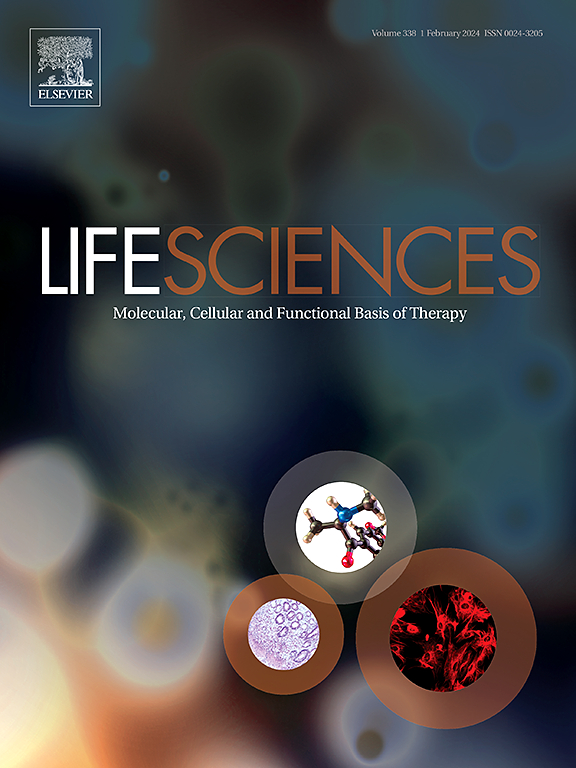Carboxyaminotriazole: A bone savior in collagen-induced arthritis—Halting osteoclastogenesis via interleukin-1β downregulation
IF 5.2
2区 医学
Q1 MEDICINE, RESEARCH & EXPERIMENTAL
引用次数: 0
Abstract
Aims
Rheumatoid arthritis (RA), a prevalent autoimmune disease, features inflammation and bone erosion, correlating with osteoclast hyperactivation and enhanced responsiveness to inflammatory factors. Reducing osteoclast formation and inflammatory mediator expression might avert bone erosion in RA. Carboxyaminotriazole (CAI) holds potential for treating autoinflammatory disorders and impeding cancer-related bone metastases. Yet, its bone-protective role and mechanism remain elusive. This study targets to explore the impacts and underlying mechanisms of CAI in preventing bone erosion in RA.
Materials and methods
A collagen-induced arthritis (CIA) rat model was utilized to evaluate the anti-RA potential of CAI. CCK-8, TRAP staining, TRAP activity assay, pit formation assay, RT-qPCR, Western blotting, immunofluorescence, and ELISA, were conducted to assess the effects and potential mechanisms of CAI in the management of RA.
Key findings
CAI not only reduces inflammatory symptoms, but it also offers superior bone protection compared to methotrexate (MTX) and works synergistically with MTX, the preferred anchoring agent for the treatment of RA. In vitro studies show that CAI inhibits osteoclast differentiation and function, as well as the expression of specific genes, by inhibiting NF-κB/MAPK pathways and reducing IL-1β levels. The deletion of Il-1 and the application of IL-1β inhibitors suggest that CAI retards osteoclastogenesis through the downregulation of IL-1β.
Significance
CAI may have therapeutic value in treating RA-related bone erosion, likely due to its inhibition of overactive osteoclasts by suppressing the NF-κB/MAPK pathways and the subsequent expression of IL-1β.

求助全文
约1分钟内获得全文
求助全文
来源期刊

Life sciences
医学-药学
CiteScore
12.20
自引率
1.60%
发文量
841
审稿时长
6 months
期刊介绍:
Life Sciences is an international journal publishing articles that emphasize the molecular, cellular, and functional basis of therapy. The journal emphasizes the understanding of mechanism that is relevant to all aspects of human disease and translation to patients. All articles are rigorously reviewed.
The Journal favors publication of full-length papers where modern scientific technologies are used to explain molecular, cellular and physiological mechanisms. Articles that merely report observations are rarely accepted. Recommendations from the Declaration of Helsinki or NIH guidelines for care and use of laboratory animals must be adhered to. Articles should be written at a level accessible to readers who are non-specialists in the topic of the article themselves, but who are interested in the research. The Journal welcomes reviews on topics of wide interest to investigators in the life sciences. We particularly encourage submission of brief, focused reviews containing high-quality artwork and require the use of mechanistic summary diagrams.
 求助内容:
求助内容: 应助结果提醒方式:
应助结果提醒方式:


